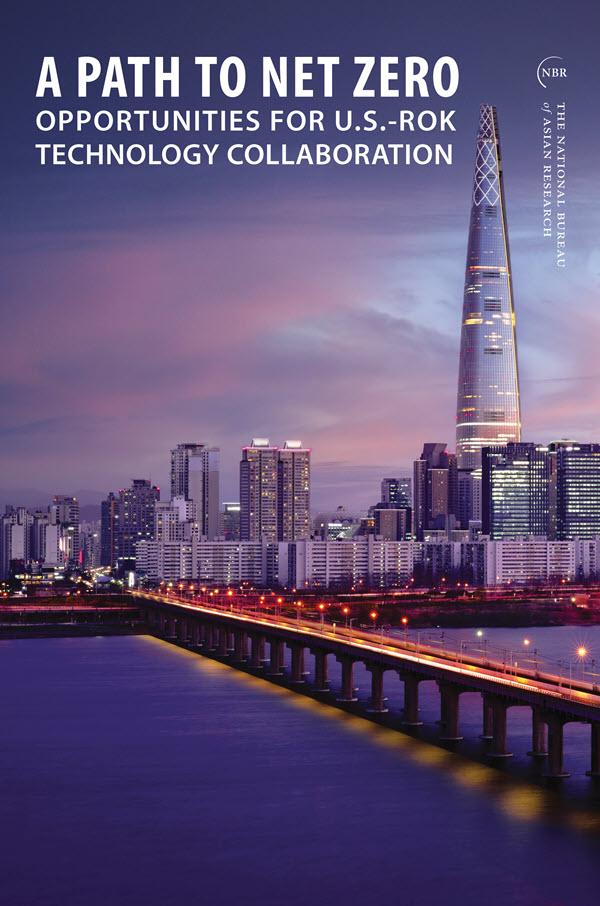In an era defined by rapid innovation and geopolitical recalibration, the technological partnership between the United States and the Republic of Korea stands at a pivotal crossroads. Once hailed as a blueprint for cross-Pacific collaboration, this alliance now contends with emerging tensions that threaten to reshape the landscape of shared ambitions. As both nations navigate competing interests, global supply chain challenges, and strategic priorities, their technology cooperation faces complexities that demand careful balancing. This article explores the evolving dynamics of US-ROK technological ties, shedding light on the subtle frictions and potential pathways forward in a world increasingly driven by innovation-and rivalry.
Evolving Challenges in US South Korea Tech Collaboration
Amid a rapidly shifting geopolitical landscape, the collaboration between the United States and South Korea in cutting-edge technology sectors is encountering unprecedented hurdles. Intellectual property disputes and conflicting regulatory policies have emerged as key friction points, straining what was once a seamless partnership. Companies on both sides grapple with divergent priorities: while the U.S. emphasizes national security and supply chain resilience, South Korea pursues aggressive innovation and market expansion strategies. These competing focuses have sparked difficult conversations around data sovereignty, export controls, and the allocation of research funding.
Several complex challenges underscore the delicate balancing act required to sustain this vital alliance:
- Cybersecurity concerns: Heightened vigilance against espionage risks complicates collaborative R&D efforts.
- Trade restrictions: Export limitations disrupt the flow of advanced semiconductor materials.
- Standardization conflicts: Different technical standards hinder interoperability in emerging 5G and AI infrastructures.
| Challenge | Impact | Potential Response |
|---|---|---|
| Data Security Regulations | Delay in joint projects | Establish bilateral compliance frameworks |
| Supply Chain Vulnerabilities | Material shortages | Develop diversified sourcing strategies |
| Technological Standards Clash | Integration issues | Form joint standards committees |
Navigating Strategic Priorities Amid Growing Geopolitical Strains
Amid escalating geopolitical tensions in the Indo-Pacific, the US-ROK alliance finds itself at a complex crossroads. Strategic priorities must be carefully balanced to ensure technology cooperation continues to thrive without compromising national security or economic interests. With both nations confronting growing pressure from competing powers, the delicate synergy between innovation and diplomacy is more critical than ever. Collaboration areas such as semiconductor development, 5G infrastructure, and AI research are being scrutinized intensely, highlighting the need for robust frameworks that manage risk while fostering joint progress.
To effectively navigate these challenges, policymakers are focusing on several key dimensions:
- Expanding trusted supply chains: Mitigating vulnerabilities by diversifying sources for critical components and materials.
- Enhancing cybersecurity cooperation: Building shared defense mechanisms against sophisticated digital threats.
- Promoting innovation ecosystems: Supporting cross-border startups and joint ventures to accelerate breakthrough technologies.
- Balancing export controls: Crafting export policies that protect sensitive technologies without stifling collaboration.
| Strategic Area | Current Challenge | Potential Solution |
|---|---|---|
| Semiconductor Manufacturing | Supply chain disruptions | Joint investment in fabrication plants |
| 5G & Telecommunications | Security concerns from foreign equipment | Develop secure indigenous alternatives |
| Artificial Intelligence | Intellectual property risks | Establish stronger legal frameworks |
Pathways to Reinforce Trust and Foster Sustainable Innovation
Building a resilient foundation for US-ROK technological collaboration requires deliberate efforts to strengthen mutual trust at every level of partnership. Transparent communication channels must be institutionalized, enabling swift resolution of misunderstandings and aligning strategic goals. Encouraging joint research initiatives that emphasize shared values and equitable intellectual property rights can serve to bridge growing divides. Moreover, fostering cross-cultural exchanges between experts, policymakers, and innovators helps humanize complex geopolitical concerns, ensuring that cooperation remains anchored in a spirit of mutual respect and long-term vision.
Sustainable innovation thrives when collaboration adapts to evolving challenges through flexible frameworks. Establishing periodic review mechanisms that incorporate feedback from diverse stakeholders-government agencies, private enterprises, academia-can dynamically recalibrate joint efforts to emerging threats or opportunities. Below is a concise overview of actionable pathways to elevate this bilateral cooperation:
- Enhanced Data Sharing Protocols: Secure and ethical exchange of technological data to accelerate innovation cycles.
- Joint Innovation Hubs: Collaborative spaces where startups and researchers from both nations can co-create solutions.
- Policy Synchronization Forums: Regular summits for aligning regulatory frameworks and standards.
- Talent Exchange Programs: Short- and long-term fellowship opportunities to build expertise and interpersonal trust.
| Initiative | Objective | Expected Outcome |
|---|---|---|
| Secure Innovation Networks | Protect critical technologies | Minimized espionage risks |
| Binational R&D Grants | Fund joint projects | Increased patent co-registrations |
| Digital Collaboration Platforms | Facilitate real-time teamwork | Accelerated project timelines |
Future Outlook
As the landscape of global technology continues to evolve at a breakneck pace, the alliance between the United States and South Korea stands at a critical crossroads. Navigating the delicate balance between collaboration and competition, both nations must confront rising tensions with strategic foresight and mutual understanding. How they choose to address these challenges will not only shape their bilateral relationship but also influence the broader dynamics of technological innovation and security in the years to come. In this unfolding story, the stakes are high, and the path forward remains both complex and uncertain.
